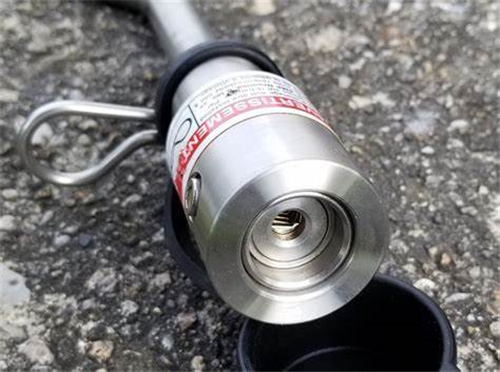Views: 350 Author: Site Editor Publish Time: 2021-09-09 Origin: Site

In order to maximize the potential of the equipment, match the bucket teeth on the excavator, loader, or backhoe with the degree of wear on the working cutting teeth and bucket. There are many kinds of bucket teeth, such as rock chisel bucket tooth, rock bucket teeth, rock drill bucket tooth, etc. Because usually a new bucket will include teeth that are not suitable for your specific job. To make the right choice of teeth, workers should consider the type of material to be moved and the work the equipment will perform.
The shape includes wider pointed tines and narrower pointed tines. The length and shape of the bucket teeth affect its performance. Each shape changes the rate of tooth consumption, or the percentage of dust, rocks, or other substances in contact with the entire tooth. The wide bucket teeth make the material surface area larger, suitable for general loading and excavation applications. They are usually used in largest bucket wheel excavator and other big ones. Teeth with larger wear surfaces usually live longer.
However, more surface area cannot penetrate compacted, frozen, or rock materials. Trenching and digging require pointed cone teeth. When the tines pass through the material, less hydraulic and fuel consumption is required to push the bucket through the material. Moreover, flare-shaped general duty bucket teeth can withstand moderate impact and abrasion conditions while leaving a smooth ground for trenching. Jobs involving high impact and prying out rocks require short teeth.

According to experts, hardened material can extend tooth life. The harder the tooth material, the stronger the wear resistance, and the longer the wear life.
Special casting and heating technology combined with certain material types, such as cast au tempered ductile iron (ADI), can produce stronger and lighter teeth. For example, rock bucket excavator and rock bucket skid steer loader can use ADI gears for medium to high impact operations.
Wear-resistant teeth made of ductile iron can withstand the high wear conditions that occur when working in sand and rock. Although the wider tooth tip provides additional penetration through the filler material, the combination of the additional wear surface and ductile iron can extend the life of the tooth.
Graders, such as skid steer box grader, 3-point grader, atv box grader, etc. can also use assembled standard working teeth. Depending on the application, loaders, scrapers, excavators, and backhoes can also use forged high-strength hardened bucket teeth. Forged teeth made of carbon, chromium, and molybdenum steel have wear resistance, and have higher durability and tensile strength than standard ductile iron teeth.
Different materials require different tools. To penetrate soft, dense materials (such as clay) requires bucket teeth, which have chisel edge points and central ribs to provide additional support. Penetrating harder materials, such as sedimentary rock, cemented gravel, and bad rock, requires single pick teeth and sharp delta points. Some tasks involve hard, impenetrable materials that often require fracturing. The teeth of the double pick are kept sharp to provide maximum penetration.
If you have any questions about the best way to use teeth, please consult an expert. It is worth studying to improve performance and wear by using the most suitable teeth.